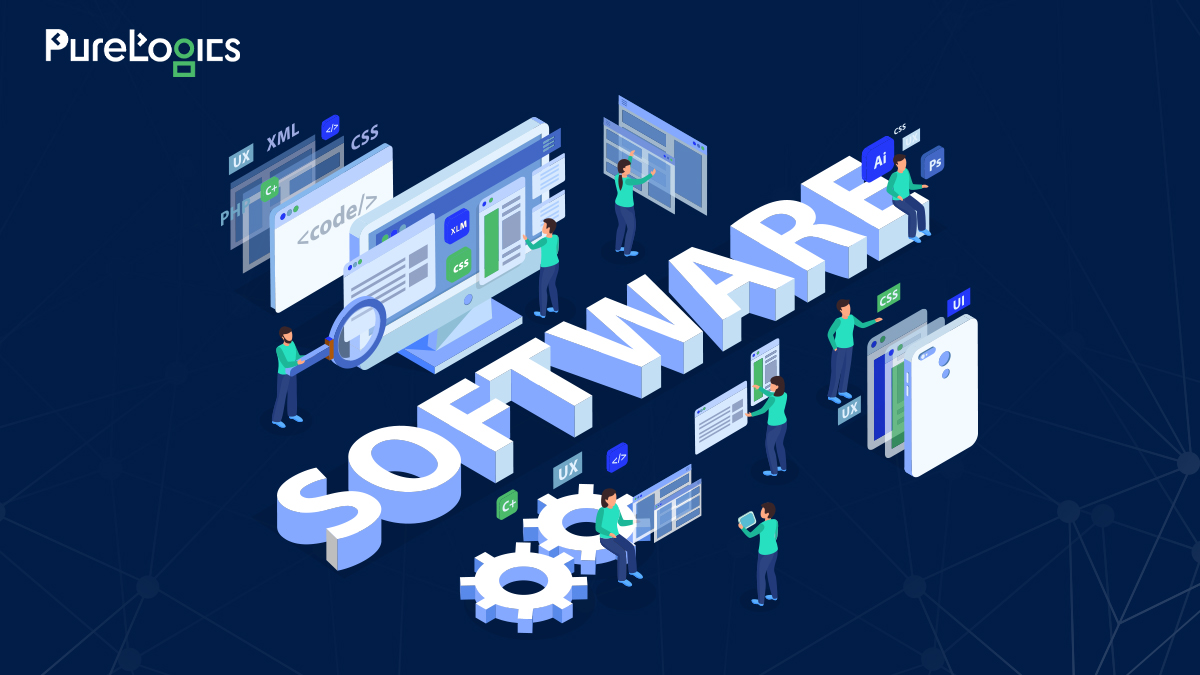As the product owner, you certainly want to get the best ROI for your project. The more project costs will be precise, transparent and reliable, the easier it will be to manage the project budget.
Why the estimated cost of a project is important?
An estimate of the project cost can help you build a comparison chart of the estimated cost to the estimated profits, i.e. the project’s profitability and thus to judge whether the project should be materialized.
Moreover, it allows you to check that you have the necessary budget for the project; and ensure throughout the project that you have sufficient funds.
Finally, in general, knowing the costs of your project increases your chances of the project’s success.
Now the actual question comes. How to estimate the cost of a project? Here, we’ve got a few tips for you so can plan it all well and get everything under control.
Separate direct and indirect costs
Separating the direct and indirect costs can calculate your gross and net profits. Direct project costs include:
• The cost of materials, supplies and equipment specific to the project
• The salaries of members of the team
• Contracts with subcontractors or consultants who are involved in your project
Indirect costs are those that your organization should be paying even if the project did not exist, but which are mandatory the success of the project. This includes:
• The cost of office supplies, equipment and general equipment
• Bonuses and employee benefits
• Rental of business premises
• Transaction costs
• The salaries of administrative services, marketing, finance, accounting.
Cut the cost estimates for each phase of project
The estimated costs of the detailed software project will not be finalized in the beginning, but will evolve with the project. At the time of the inception of the project, the cost estimate will be very rough.
After the validation of the project, the budget will be more detailed and defined. Finally, during the project, the budget will be adjusted as needed.
Follow up with projects and clients
For each project and each client, you must be able to know the revenue and associated expenses. Your project management system should allow you to perform this function.
You can also assign costs to a project and classify them into categories. Graphic indicators also allow you to track the profitability of your project.
Do not underestimate the time for each task
If you ask your team members the estimated time to complete a task, know that they will tend to be optimistic and probably underestimate the actual duration of the task.
Use your past experience and that of others to make a cost estimate of the project as precise as possible. Finally, take the assumption that your employees and other resources are not productive than 80% of their time. Take also the margin when a job change is necessary.
Track time spent on each project task
The time tracking sheets allow you to estimate the salary expenditures for each project.
With timesheets, you can track accurately, the time spent by each team member on a specific task. You can also organize your time sheets by project.
Compare the estimated costs and actual costs
Your task management software must allow you to compare the estimated project costs and the actual cost of your project. It should also enable you to generate the comparison report.
Communicate regularly with the client
From the beginning of the project, developing a plan with your client for any additional work that may be required during the project would help you in the long run.
Communicate all assumptions, exclusions and limitations associated with your project and budget with the client and finally, do a regular monitoring of the project budget with your client. You can also send a copy to your team to keep them informed about the situation.
A smoother way of getting things done is outsourcing the technical teams from reputed organizations as it will allow you to cut down on many of the above-mentioned costs and still get your desired software product with little effort.
At PureLogics, we follow Waterfall, Prototyping and Agile methodologies and over the last 10 years we have served hundreds of happy clients. We love to discuss ideas and bringing innovation to each project we do. Think we’ve missed a point or two?


 [tta_listen_btn]
[tta_listen_btn]
 August 12 2016
August 12 2016






